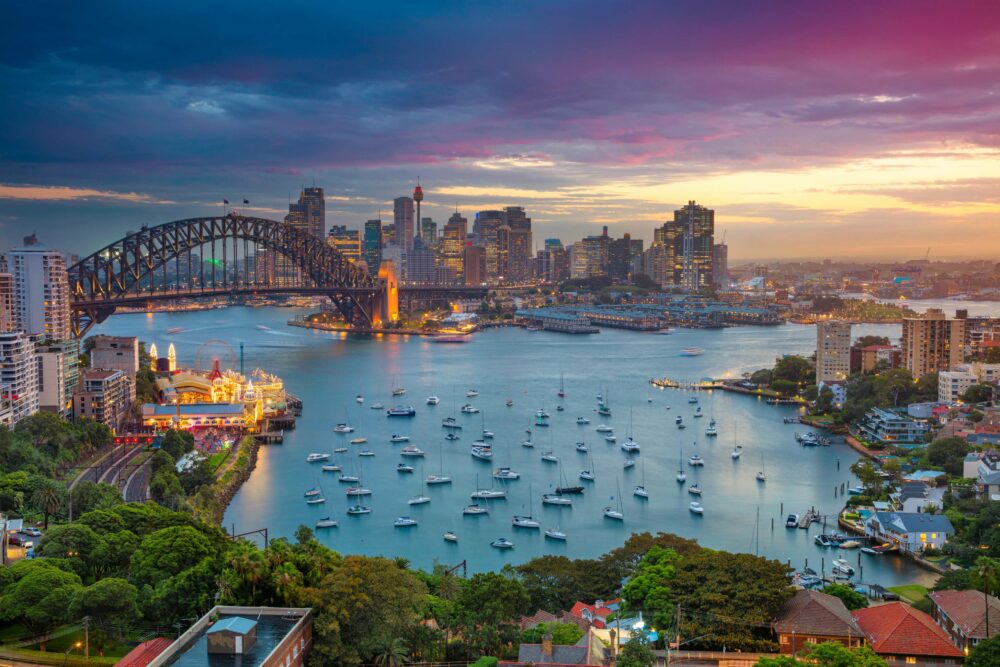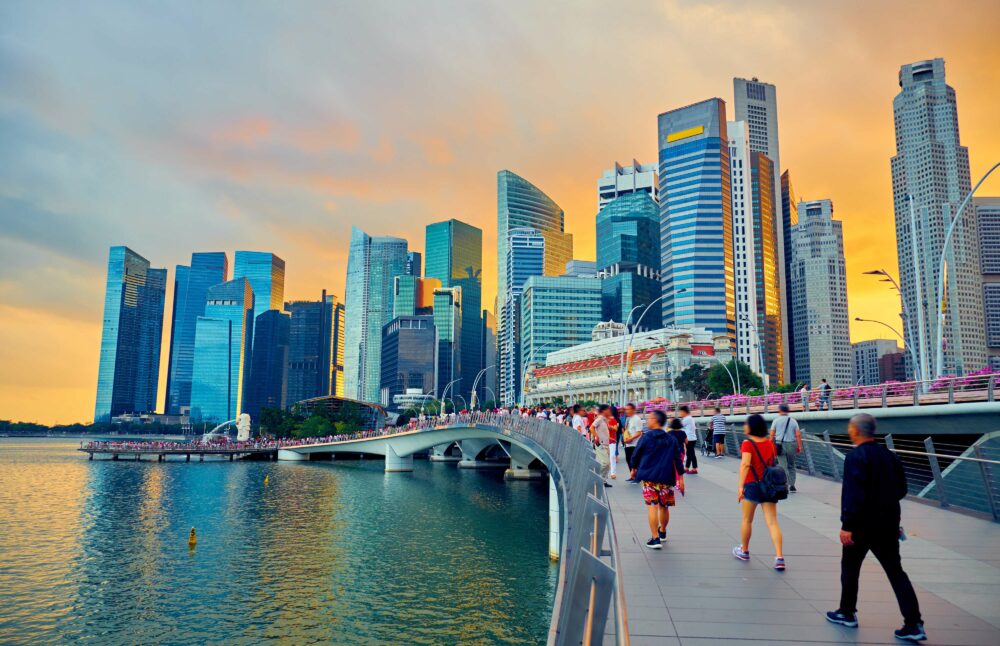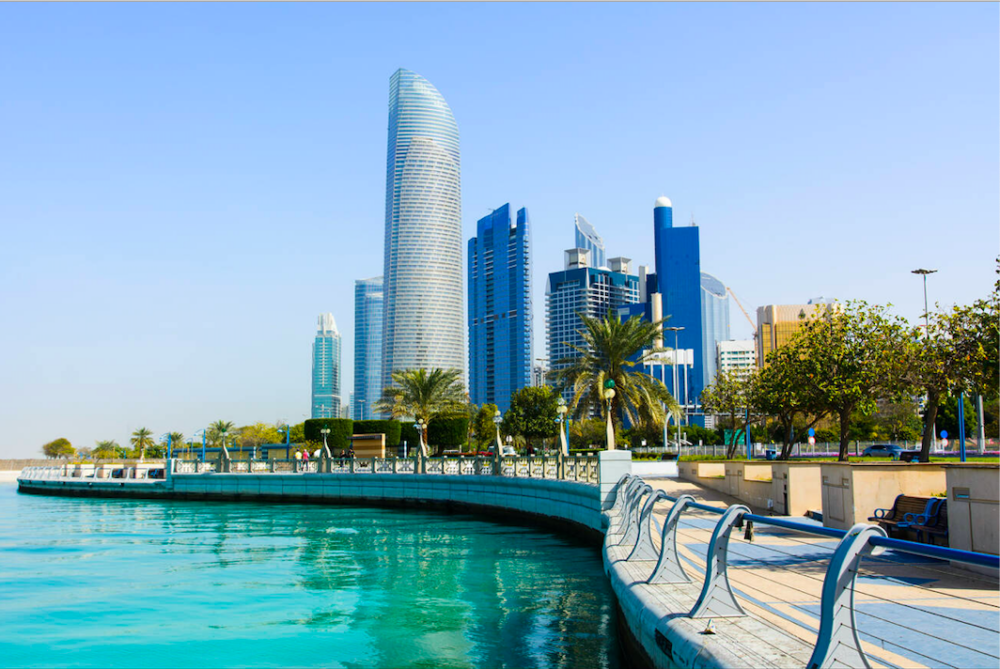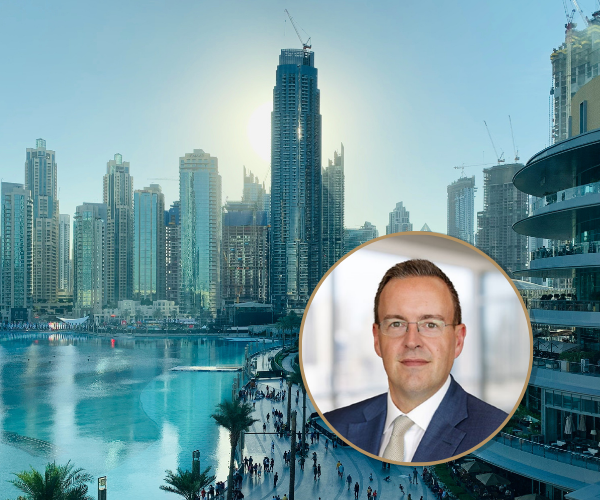Twelve months ago, the world was facing a wave of elections and geopolitical uncertainty. Now those elections are over – and property purchasers are experiencing the effects of fiscal and regulatory changes enacted by recently formed governments. Yet in this climate of fast-shifting migration patterns, particularly for the wealthy, prime residential property in cities continues to show durability in the face of flux, or “resilience amid divergence” as the International Monetary Fund recently headlined its global economic forecast.
The latest Savills Prime Residential Index: World Cities reveals that 70% of the 30 cities tracked saw positive growth in 2024 – achieving an average of 2.2%. In 2025, the average growth is forecast to be 1.6% – with Dubai, Sydney, Madrid, Lisbon, Barcelona and Cape Town expected to be the strongest performers.
Kelcie Sellers, Savills World Research associate director, says: “For 2024 we had anticipated a 0.6% average capital value increase, but by halfway through the year forecasts had already been exceeded. Greater certainty around interest rates in 2025 should attract more buyers into prime residential property markets. This trend will also shrink the gap between the purchase market and the still stronger rentals sector in 2025.”
The anticipated decrease in interest rates, however, will be offset by a global landscape that continues to be unpredictable, so residential sales markets in 2025 will see “muted growth” compared to the higher averages of 2022-24.














